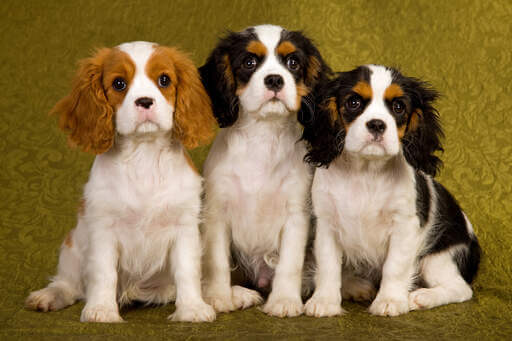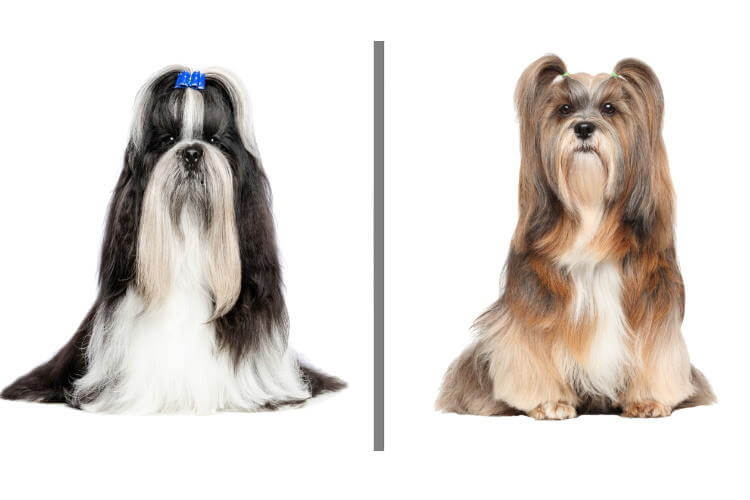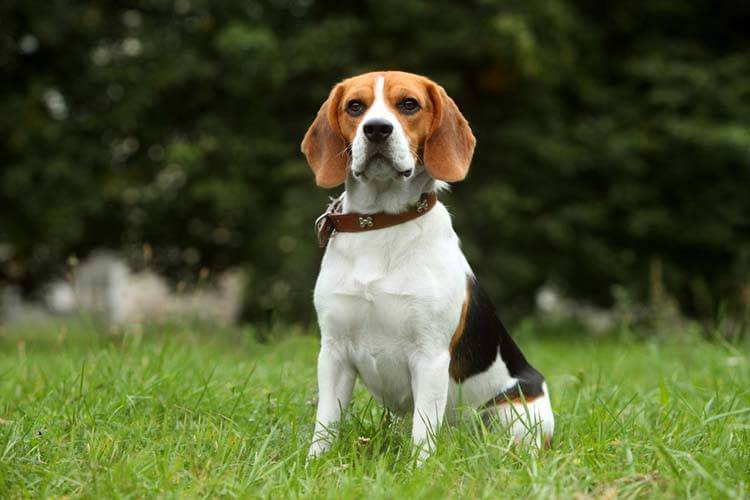Cavalier King Charles Spaniel: The Ultimate Guide
The Cavalier King Charles Spaniel, often called the Cavalier, is a beloved toy breed known for its affectionate nature and charming appearance. This guide covers everything you need to know about this delightful breed, from its rich history to care tips, ensuring you have all the information required whether you’re a current owner or considering bringing one into your home.
Contents
History and Origin of the Cavalier King Charles Spaniel

The Breed’s Royal Roots
The Cavalier King Charles Spaniel has a storied history, deeply intertwined with British royalty. Named after King Charles II of England, who was rarely seen without his beloved Spaniels, these dogs have been companions to the aristocracy since the Renaissance. Their origins trace back to small spaniels depicted in paintings of European royalty and nobility from the 16th to 18th centuries.
Key Historical Milestones
In the early 20th century, American Roswell Eldridge offered prizes at the Crufts Dog Show for “Blenheim Spaniels of the Old Type,” sparking a revival of the traditional Cavalier look. This initiative led to the breed’s resurgence, and in 1928, the first breed standard was drawn up. The Cavalier King Charles Spaniel Club was formed in 1928, and the breed was officially recognized by the Kennel Club in the UK in 1945. The American Kennel Club followed suit in 1995.
Breed Characteristics of the Cavalier King Charles Spaniel
Physical Attributes
Cavaliers are small but well-balanced dogs, typically weighing between 13 to 18 pounds and standing 12 to 13 inches tall at the shoulder. They have a silky, medium-length coat that comes in four recognized colors:
- Blenheim (chestnut and white)
- Tricolor (black, white, and tan)
- Black and Tan
- Ruby (solid red)
Personality and Temperament
Known for their affectionate and gentle nature, Cavaliers are quintessential companion dogs. They are friendly, eager to please, and generally get along well with children and other pets. Their adaptable nature makes them suitable for various living environments, from apartments to larger homes.
Health and Lifespan

Common Health Issues
While Cavaliers are generally healthy, they are prone to certain genetic conditions:
- Mitral Valve Disease (MVD): A common heart condition in the breed.
- Syringomyelia (SM): A serious neurological condition.
- Hip Dysplasia: Though less common, it can affect some Cavaliers.
- Eye Conditions: Including cataracts and retinal problems.
Regular veterinary check-ups are crucial for early detection and management of these conditions.
Maintaining Your Cavalier’s Health
Maintaining a Cavalier’s health involves regular exercise, a balanced diet, and routine veterinary care. Keep up with vaccinations, dental care, and weight management to ensure a long, healthy life.
Care and Maintenance
Grooming Needs
Cavaliers have a beautiful, silky coat that requires regular grooming to prevent mats and tangles. Brush their coat several times a week, bathe them monthly, and pay attention to their ears, which can be prone to infections. Regular nail trimming and dental care are also essential.
Exercise Requirements
Despite their small size, Cavaliers are energetic and enjoy daily walks and playtime. Aim for at least 30 minutes of exercise each day to keep them fit and mentally stimulated.
Dietary Recommendations
Feed your Cavalier a high-quality, balanced diet suitable for their age, size, and activity level. Monitor their weight and adjust portions to prevent obesity, which can exacerbate health issues.
Training and Socialization
Effective Training Techniques
Cavaliers are intelligent and eager to please, making them relatively easy to train. Use positive reinforcement techniques, such as treats and praise, to encourage good behavior. Consistency and patience are key.
Importance of Early Socialization
Early socialization is crucial to help your Cavalier develop into a well-rounded dog. Expose them to different people, environments, and other animals during their formative months to build confidence and reduce fearfulness.
Living with a Cavalier King Charles Spaniel
Adaptability to Different Living Environments
Cavaliers are highly adaptable and can thrive in various living conditions, from apartments to large homes. They enjoy spending time with their families and are happiest when they’re included in daily activities.
Interaction with Children and Other Pets
Cavaliers are known for their friendly and gentle demeanor, making them excellent companions for children and other pets. Supervise interactions with young children to ensure they treat the dog respectfully.
Buying or Adopting a Cavalier King Charles Spaniel
Tips for Choosing a Breeder
If you’re considering purchasing a Cavalier, choose a reputable breeder who prioritizes health and temperament. Look for breeders who:
- Perform health screenings on their breeding dogs.
- Raise puppies in a home environment.
- Provide references from previous buyers.
- Allow you to meet the puppy’s parents.
Adoption Resources
Consider adopting a Cavalier from a rescue organization or shelter. Many breed-specific rescues focus on Cavaliers and can help match you with a dog that fits your lifestyle.
Conclusion
The Cavalier King Charles Spaniel is a delightful, affectionate breed that makes a wonderful companion for families and individuals alike. By understanding their history, characteristics, and care needs, you can provide a loving, healthy environment for your Cavalier. Whether you’re a new or experienced owner, this guide equips you with the knowledge to enjoy a fulfilling relationship with your furry friend.
Frequently Asked Questions about Cavalier King Charles Spaniels
Q: How long do Cavalier King Charles Spaniels live?
A: On average, Cavaliers live between 10 to 14 years, though with proper care, some may live even longer.
Q: Are Cavalier King Charles Spaniels good with children?
A: Yes, they are known for their friendly and gentle nature, making them excellent family pets.
Q: Do Cavaliers shed a lot?
A: Cavaliers have moderate shedding. Regular grooming can help manage shedding and keep their coat healthy.
- Golden Retriever Pros and Cons: What Every Pet Parent Should Know - 15 September 2025
- Cane Corso Dog Breed: Health, Care, and Lifespan - 14 September 2025
- Catahoula Leopard Dogs: Description, Temperament, Lifespan, & Facts - 21 July 2025







